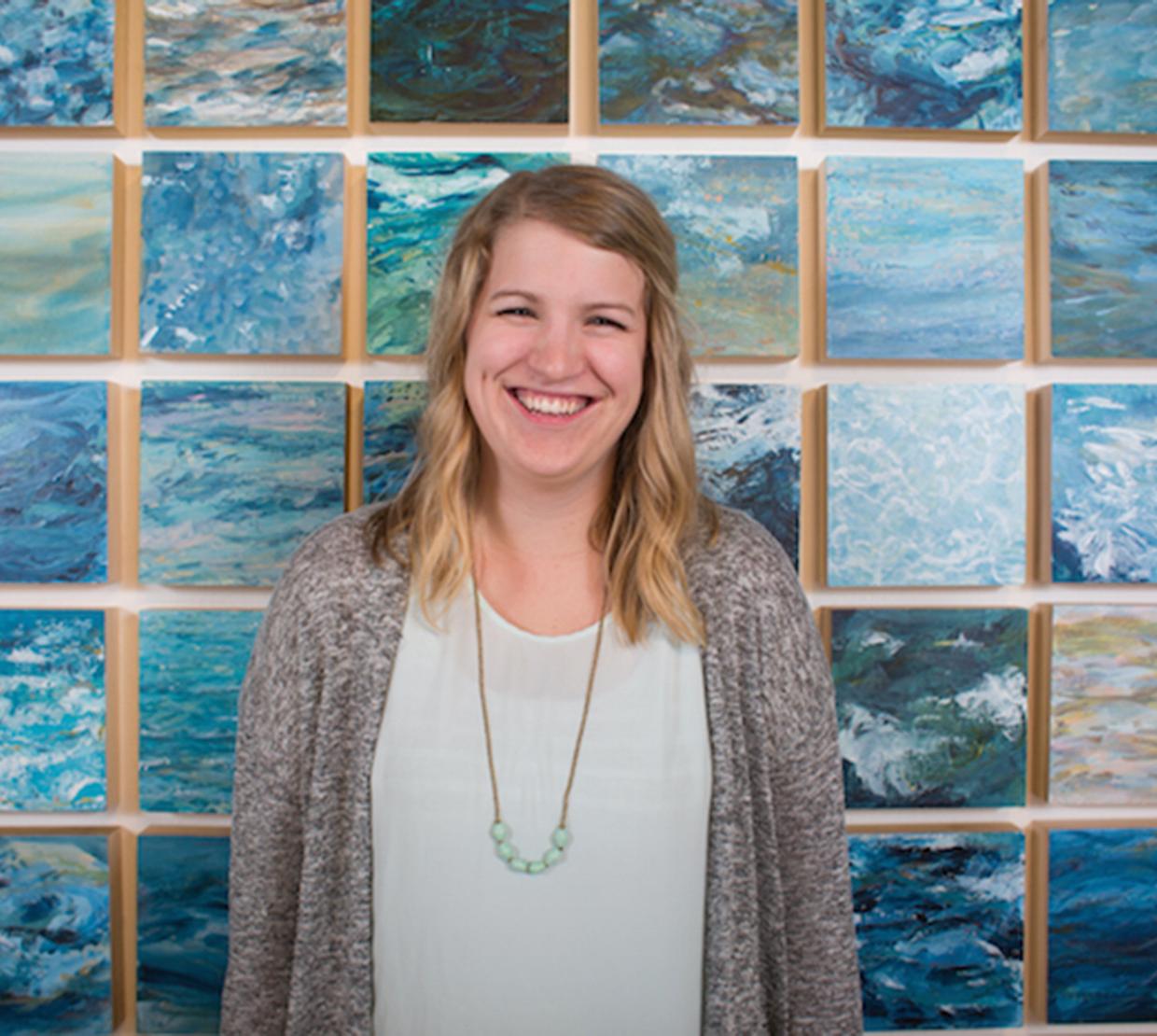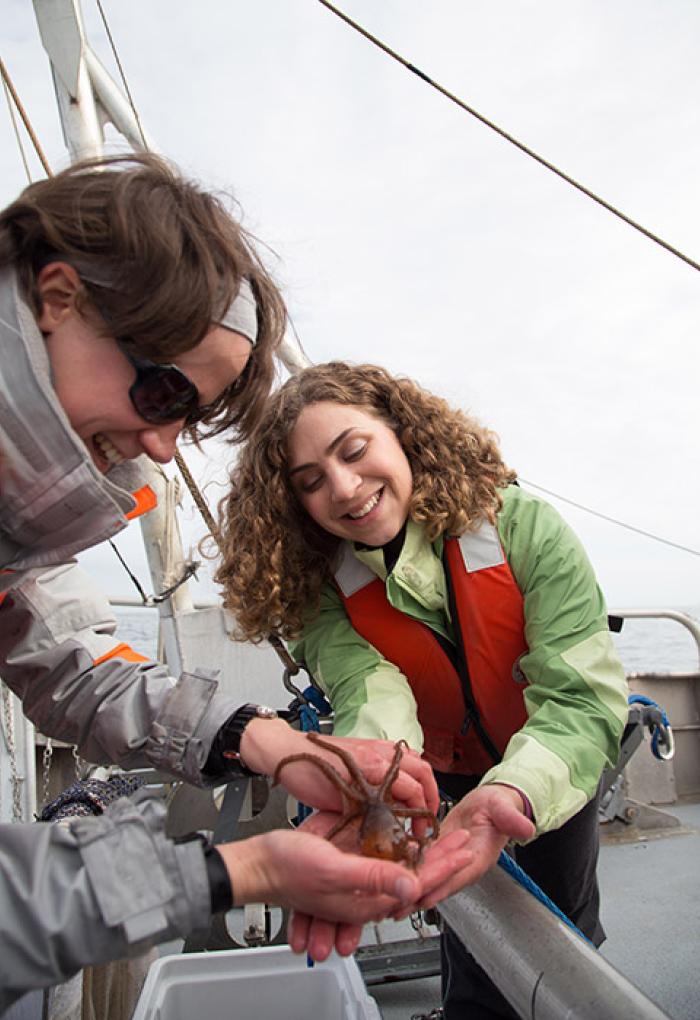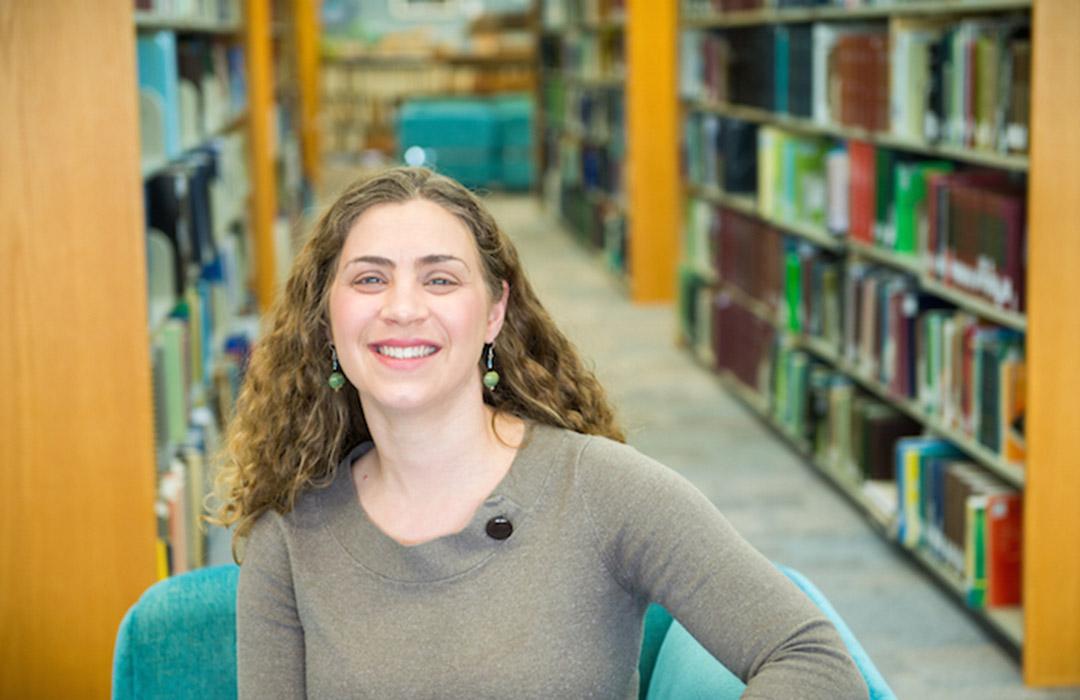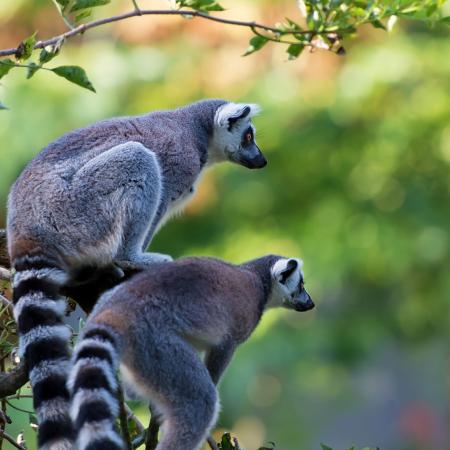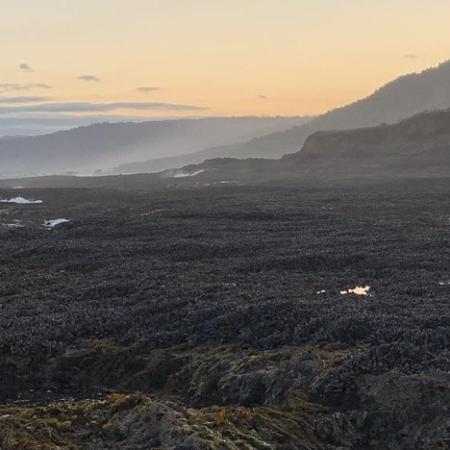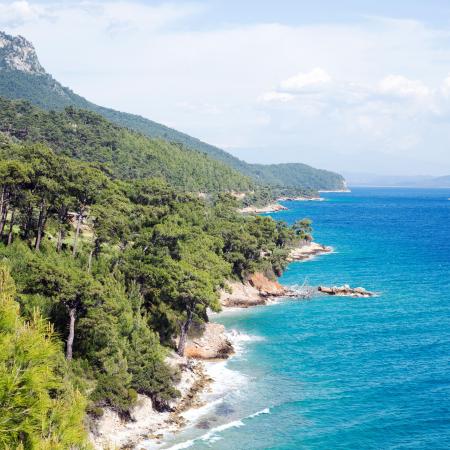“In order for BOEM to grant or refuse a lease, they need a good idea of the habitat and the organisms that would be affected by the installation” said Henkel.
After commencing their journey in Newport, Henkel and her team will collect samples from the outer continental shelf (OCS), which refers to all submerged lands lying seaward of state coastal waters (3 miles offshore) that are under U.S. jurisdiction. Once the crew reaches their destination in Coos Bay, they will take a higher density of samples since that is an area currently proposed for offshore wind energy development.
On the return journey, the researchers will collect samples from deeper on the continental slope. Although the distance between Newport and Coos Bay is around 77 nautical miles, the four-day period will allow the team to collect nearly 50 seafloor samples.
Henkel’s team will send down a box core and it will pick up the sediment and all the animals on a spot on the seafloor. The seafloor samples typically contain different sediment grades, such as gravel, sand, mud or clay and whichever organisms happen to be living there. After a sub-sample of sediment is retained for analysis, the rest of the sample will be placed in a sieve and washed of the sediment to collect all the organisms.
NSF REU intern Anna Le will conduct the initial sorting of the organisms into major taxonomic groups, Henkel pointed out. Once organisms are identified to species, the data will be used carry out habitat classification of the seafloor and develop habitat suitability maps for select species of interest.
“Water connects us all”
Abigail writes of her water series—which was also her BFA thesis: “Examining patterns of movement in water enables me to explore themes of change and rest, while working in series elevates the way parts comprise a whole.”
She graduated recently with a bachelor’s degree in fine arts and a specialization in applied visual arts. Her thesis “Life and Living,” which exhibited at Fairbanks Gallery and West Gallery on campus, is a large series of painted panels depicting patterns of movement in water. Drawn with acrylic paints on birch cradled wood panels, the paintings originated from Abigail’s close observations of moving water daily over a year-long period.
“I have observed moving water anywhere and everywhere—from the coast to the Willamette River, Epsom salt baths in my house, the raindrops on my car’s windshield and the OSU Wave Lab,” explained Abigail.
Given her love of water and her art thesis project, Abigail seemed a natural fit for the R/V Pacific Storm cruise.
“I will definitely be observing the water,” exclaimed Abigail, who has already completed several projects on the coast as part of an arts engagement class at OSU.
“It feels like a good next thing to do after graduation.”
Her art professor Charles Robinson informed her about the project and put her in touch with Henkel. Abigail is thrilled to go on her maiden scientific research cruise. She didn’t fail to notice the warm and spirited team camaraderie during her first meeting with Henkel and her students at HMSC.
“It was a wonderful meeting. They explained their research mission and the kind of work they will be doing during the cruise. I will be open to whatever the project needs.”
This dialogue between art and science on the Pacific is part of an enthralling new wave of scientific and artistic collaborations at OSU. Bartholomew, who is a glass artist and whose work can be found adorning the walls of the Memorial Union, is encouraging artistically talented students in her microbiology lab to forge art-science relationships in bold and creative ways.
One of her students is collaborating with her on a metal/glass sculpture of the Willamette River to be displayed outside Nash Hall based on the latter’s interviews with researchers who have worked on the river.
In another example, Bartholomew’s research intern is producing a piece of art based on her laboratory experiences for a show at the Corvallis Art Center.
Henkel hopes for something similar.
“I just don’t want Abigail to be an observer. I want her to participate in sample processing. I am excited for her to see the sediments and organisms that come up. Most people don’t get to see that,” said Henkel, who plans to include Abigail’s artistic work in her report for publication in the BOEM newsletter.
Follow Abigail's adventure on the high seas
Abigail is blogging about her ocean adventures and her direct observations of science in action via Snapchat and Facebook.
Facebook: https://m.facebook.com/abilosli
Snapchat Username: abi.losli
https://www.snapchat.com/add/abi.losli
